There’s nothing quite as disheartening for plant parents as seeing their beloved Monstera leaves drooping. Monsteras, known for their iconic fenestrated leaves, are relatively low-maintenance, but even the best-kept plants can occasionally show signs of distress. If your Monstera’s leaves look limp or curled, it’s their way of signaling a need for attention. Here’s a deep dive into potential reasons and actionable solutions to revive your plant.

One of the most common causes of drooping leaves is overwatering. If the soil stays constantly wet and lacks proper drainage, it can lead to root rot—a condition where the roots become mushy and are unable to absorb nutrients effectively.

What to Look For:
Solution:
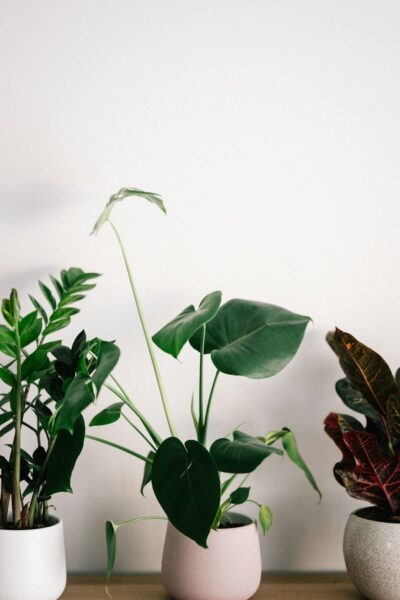
| Cause | Symptoms | Solution |
|---|---|---|
| Overwatering | Yellow leaves, wet soil | Repot in well-draining soil; reduce watering frequency |
| Root Rot | Mushy roots, blackened edges | Trim rotted roots; repot in fresh soil |
On the flip side, if the soil is bone-dry, your Monstera will conserve moisture by drooping its leaves. This is common for plant owners who rely solely on moisture meters or wait too long between waterings.
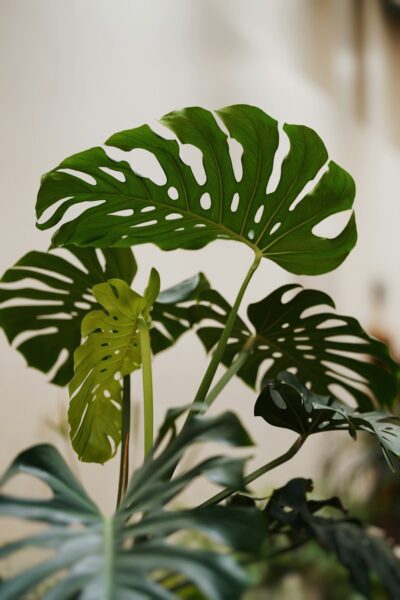
What to Look For:
Solution:
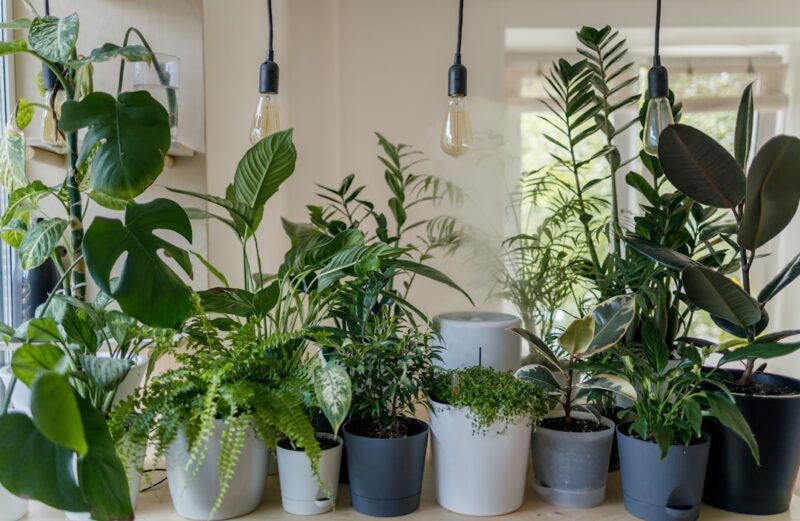
Monsteras thrive in warm, humid environments with indirect sunlight. Changes in light, temperature, or humidity can shock the plant, causing drooping leaves. For instance, moving your Monstera to a sunnier spot too quickly might stress it out.
What to Look For:
Solution:
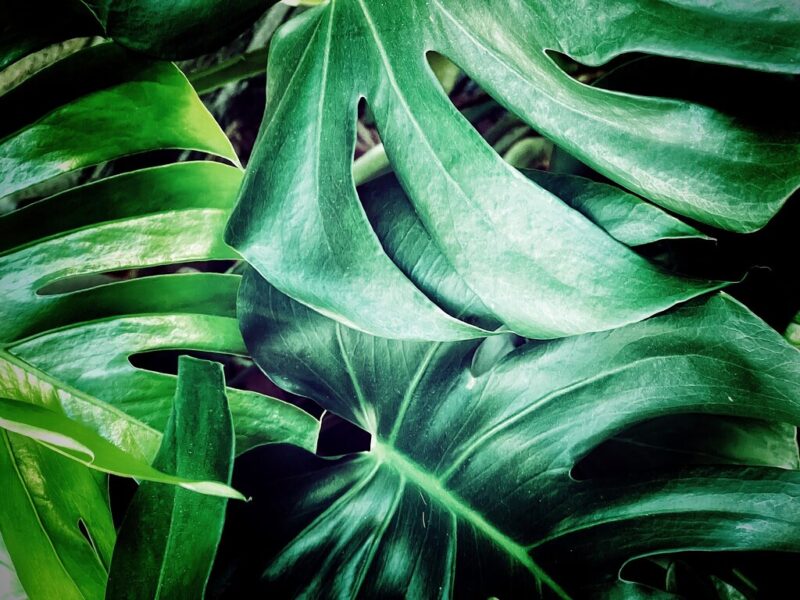
If you’ve ruled out watering and light issues, your Monstera’s leaves might be drooping because it’s hungry. Nutrient deficiencies in old, depleted soil can leave your plant struggling.
What to Look For:
Solution:
Once you’ve addressed the root cause of drooping leaves, it’s important to give your Monstera some TLC. Pruning unsightly yellow or damaged leaves can redirect the plant’s energy toward healthier growth.
Pro Tips:
Taking care of a Monstera isn’t just about following rules; it’s about reading the plant’s cues and responding with care. Have you faced a drooping Monstera before? Share your experience or questions in the comments below—we’d love to hear how you’ve revived your leafy companion! 🌿

Experience ultimate comfort with the Geniani Erie Small USB Humidifier. Its ultra-quiet operation ensures a peaceful environment, while the easy-to-fill 250ml tank provides up to 8 hours of soothing mist. Perfect for home, office, or travel, this compact humidifier is USB powered for convenience and portability. Breathe easier and enjoy the benefits of optimal humidity anytime, anywhere.
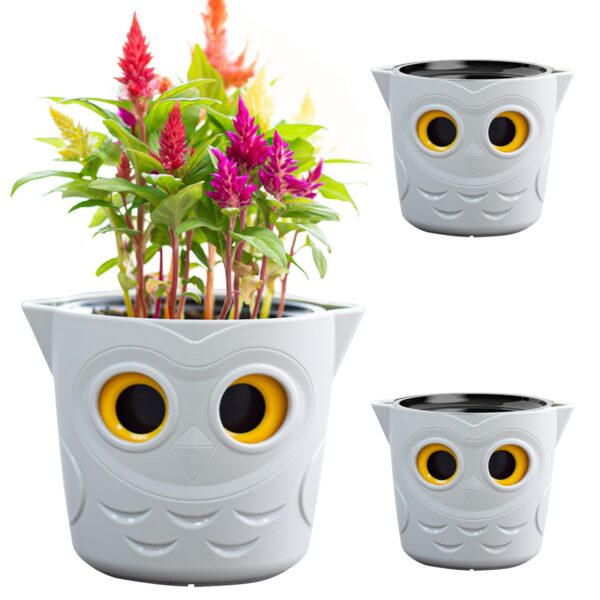
Add a whimsical touch to your home with this adorable owl-shaped flower pot. Featuring bright yellow eyes and intricate feather details, it holds a vibrant celosia plant that blooms in striking reds, pinks, and yellows. Perfect for any windowsill or tabletop, this charming pot brings nature and personality together, making it an enchanting addition to any room. Let this delightful duo brighten up your living space!

Enhance your gardening with the SONKIR 3-in-1 Soil Tester. Accurately measure soil moisture, light exposure, and pH levels to ensure optimal plant health. Easy to use without batteries, this portable meter is ideal for indoor and outdoor plants. Just insert the probes into the soil and get precise results instantly. Perfect for gardeners seeking to maintain lush, vibrant greenery.
As you embark on the journey to nurse your Monstera back to its lush, vibrant glory, remember that you're not alone in this plant parenting adventure. We invite you to share your progress and discoveries or even seek advice from fellow plant enthusiasts on our Instagram community. For more inspiring planting tips and home decor ideas, hop over to our Pinterest page, where creativity blossoms. And if you ever have a question or a leafy tale to share, our lively discussions over on X (formerly Twitter) are just a click away. Lastly, don’t forget to check out our vibrant updates on Facebook, where we love connecting with our audience. We’re here to support your green thumb every step of the way!
To help a drooping Monstera recover, consider separating the individual plants and replanting them in smaller pots using a chunky soil mix. Plastic moss poles filled with sphagnum moss can offer support. You can find numerous detailed tutorial videos online that guide you through reviving your plant effectively.
Indicators of an overwatered Monstera include yellowing leaves. If the soil remains damp and the leaves become yellow, it likely means your Monstera is receiving too much water.
To ensure Monstera leaves grow upwards rather than sideways, follow these steps:
1. Ensure the light source is positioned above the plant, not from the sides.
2. Trim some of the side leaves to reduce crowding.
3. Provide structural support for the leaves to encourage vertical growth.
A dehydrated Monstera will exhibit droopy leaves and develop soft, limp stems unable to support its heavy foliage, causing them to lay flat and appear thin and weak. This signals that the soil has been too dry for an extended period. To remedy this, water the plant thoroughly until excess water drains from the bottom.

Immerse yourself in architecture’s most boundary-pushing ideas—where innovative home improvements meet visionary urban developments. Discover new building techniques, materials, and creative concepts that are redefining how we shape our spaces on a global scale.